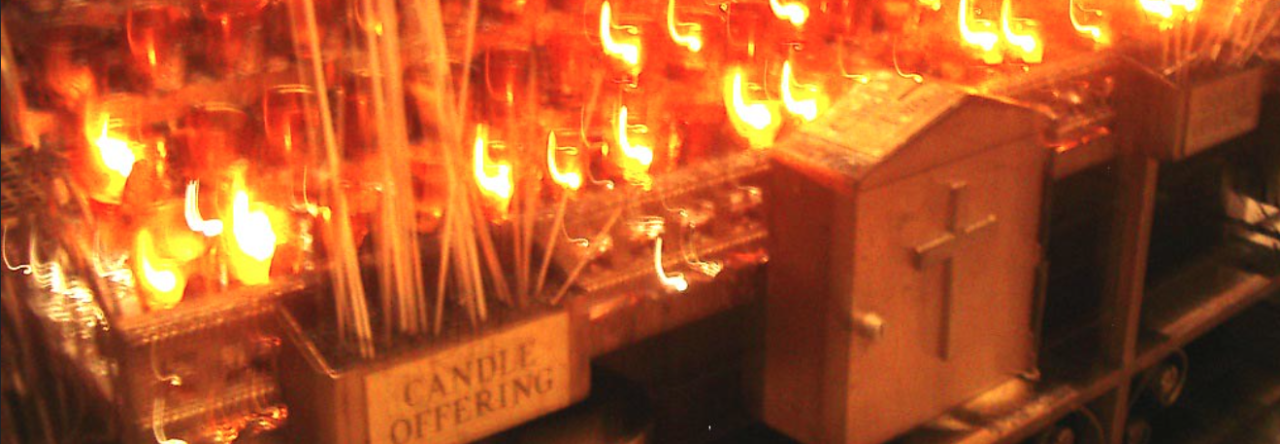America is no stranger to moral panics. Along with McCarthyism and the Red Scare, the 1950s and 60s saw the Lavender Scare. Marked by President Eisenhower’s 1953 Executive Order 10450, the “sexually perverse” (code for queer) were to be let go from their positions out of fear that gay and lesbian people would be inclined to turn government secrets over to overseas communists (OFR 2015). In the aftermath of such absurdity, rather than course correcting towards logic, the Satanic Panic swept the nation. Largely beginning with the novel Michelle Remembers in 1980, a novel published as a found diary of a young girl’s descent into the world of drugs and the occult, stories of children suffering Satanic abuse spread quickly. The Satanic Panic is not synonymous, per se, but is closely linked to the accusations of ritual abuse carried out by Satanic cults in the 1980s. The widespread fear was that these cults would come in and abuse or corrupt America’s young, leading many to coerce children or to speak on their behalf in promoting such fear. The moral panic continued with areas of culture such as rock music, fantasy and video games, and books becoming demonized– literally. Soon enough, all markers of life outside the strict cultural norms of the 1970s, from music to clothing, were open for Satanic speculation.

The ways in which horror films reflect society are perhaps less clearly discernible than movies with aspirational portrayals of life. Not only do horror films show society’s greatest anxieties, but they also reveal what people are and are not afraid to discuss openly. Moreover, the savior or the survivor of the film may serve as a surrogate for the audience, or even as a proxy for the direction in which the filmmakers believe society is turning. The goal of this project is to understand how horror films of the 1970s to the 1990s changed, or stayed consistent, in their portrayal of religion before and after the Satanic Panic.
